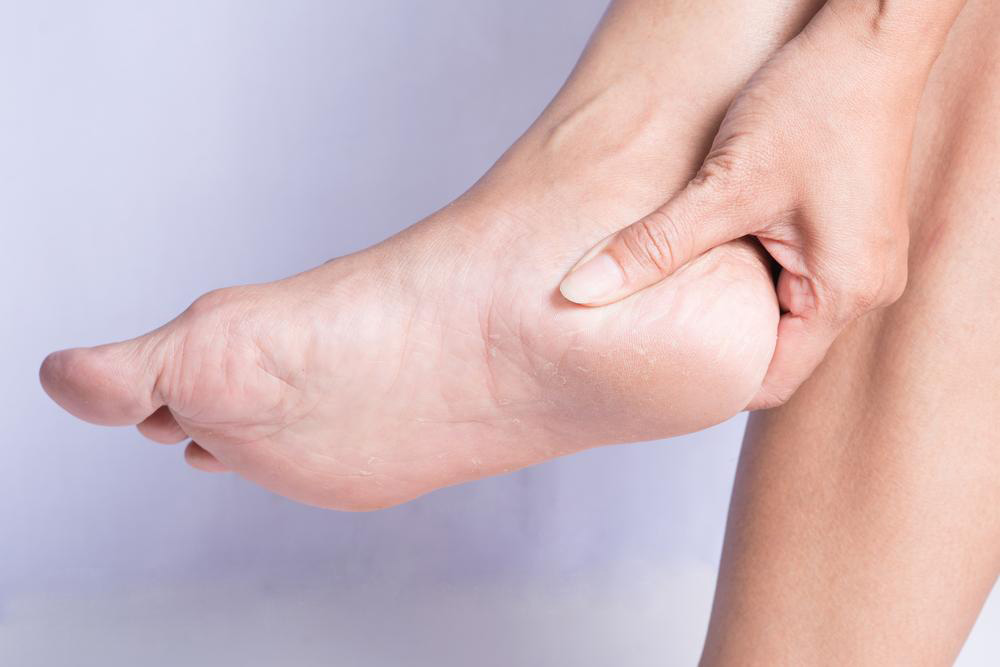Treatment and preventive measures for heel pain
Heel pain is usually mild and would gradually disappear on its own. But there are cases when the pain becomes severe and could even be responsible for disabilities. The cases in which the pain persists for a long time are termed as chronic. These heel pains are very common among foot problems, and usually, the sufferer feels pain under the heel or just behind the heel.
Do not ignore the symptoms
The cause of heel pain does not start in a day or from a single injury.

It may be caused by wearing flat footwear which may stretch the plantar fascia to a great extent, causing the area to swell up. The symptoms get worsened with inactivity. You would get more pain in the morning which would improve through different activities during the day. You would need to get medical attention only if the heel pain gets serious, with symptoms like inability in walking or in bending the foot downwards or trying to stand on your toes.
Remedies and prevention of heel pain
If the heel problem persists, you should seek the right treatment for heel pain.
- Home care – If the cases are not too severe, you can try some of the home care steps.
- Rest – Running or standing for very long periods must be avoided, the same way as walking on hard surfaces. In short, any activity that stresses the heel should be avoided.
- Ice – Ice should be applied on the affected area for at least 10-15 minutes. Avoid using bare ice on the skin.
- Footwear – Footwear should be such that they provide support and comfort. This holds true, especially for athletes.
- Foot supports – Symptoms can be relieved through the use of heel cups and wedges. Tortoise and heel grip pads or Achilles pads can also be of temporary help.
Prevention is better than cure
- Do not walk barefoot, especially on hard grounds.
- Try to lose weight because being overweight puts more stress on the heels.
- Use good quality, comfortable footwear as it has materials that can effectively absorb a lot of the stress and eventually help protect the heels. Shoes that seem to augment the heel pain should be immediately avoided.
- If you are very prone to heel pain, spend more time resting and approach a heath care personnel, if required.
- Before engaging in an activity that involves lots of stress, indulge in proper warming up activities; remember to wear the right shoes.
- A cushioning insole or heel cup could be used to limit movements and thus protect from the heel bursitis. In severe cases, you could use a steroid injection. Even cortisone injections could be administered to curb the pain. As a measure of last resort, get the bumps removed surgically.
Disclaimer:
The content provided on our blog site traverses numerous categories, offering readers valuable and practical information. Readers can use the editorial team’s research and data to gain more insights into their topics of interest. However, they are requested not to treat the articles as conclusive. The website team cannot be held responsible for differences in data or inaccuracies found across other platforms. Please also note that the site might also miss out on various schemes and offers available that the readers may find more beneficial than the ones we cover.




